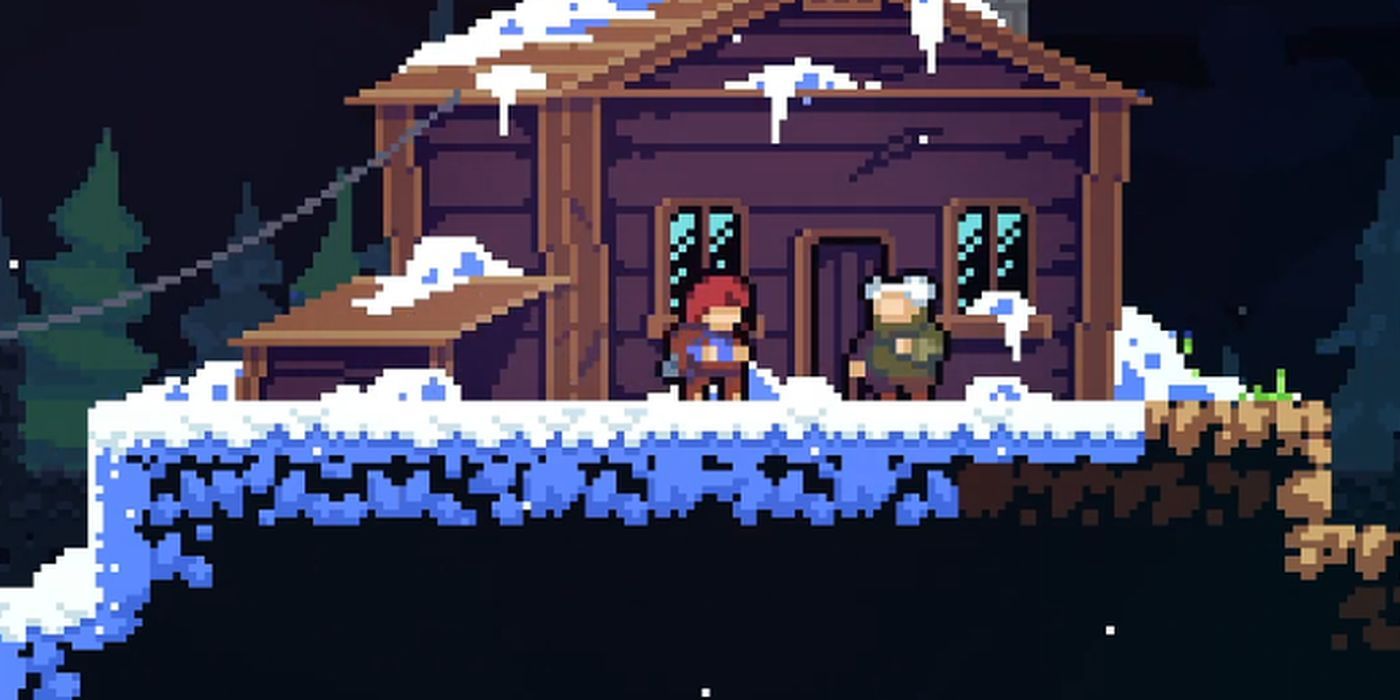
Even though Celeste came out three years ago, its impact on the indie game community has been profound, and discussions surrounding the game have persisted to this day. It features design decisions that various team members involved with the beloved indie title have since discussed in detail, adding to the conversations about the 2018 game.
Celeste's sound design is a much-discussed aspect of the game, with the soundtrack and effects being highlights, but one question went unanswered for a long time: how were the voices made, and how do the seemingly random synthesizer sounds feel so fitting for the characters? The creative director at PowerUpAudio, which was involved in the game's sound design, finally answered these burning questions in a Twitter thread.
RELATED: Celeste Confirms That Madeline is Trans
Kevin Regamey's explanation for how the vocal design of Celeste came together is rather technical. The design started with simple synthesizer sounds, made to capture the feeling of what a character may sound like when speaking. The computer-generated sounds were then edited into more human-sounding forms and matched to the various emotions expressed in the game's dialogue. They were then manually arranged in the FMOD audio engine to play at the right times, with the result sounding like the iconic Banjo-Kazooie dialogue that uses a similar technique for its voice samples.
This process was used for every voiced character in the game, resulting in every character's wide range of vocal expression that gives more context and atmosphere to speech, as well as providing the game with the wide range of emotional personality it is known for. The audio team on Celeste is renowned for its sound design, with the composer Lena Raine going on to work on similarly atmospheric music in Minecraft.
Those that worked on Celeste are unafraid to share their design wisdom in all aspects, as the game's lead writer and designer has offered advice and constructive criticism to From Software in the past. The game's focus on accessibility has been widely praised, as has the general design and the emotional story. The fact that the developers are so willing to be open about the game's creation as well as their sources of inspiration speaks to the concept of developers iterating on each others' ideas. It also allows other creators to learn from the successes and mistakes made along the journey of the EXOK Games team.
The openness of concepts and ideas by the EXOK Games team reinforces that games have processes behind them, and some development processes take a while to develop themselves. Kevin's thread gives regular players a glimpse into the time and effort that went into such a seemingly inconsequential part of the game, providing a new perspective on the difficult process of game development that will surely follow Celeste's developer to its next project.
Celeste is available now for the PC, PS4, Stadia, Switch, and Xbox One.
MORE: 10 Indie Games That Are Amazing (After A Rough Opening Few Hours)

